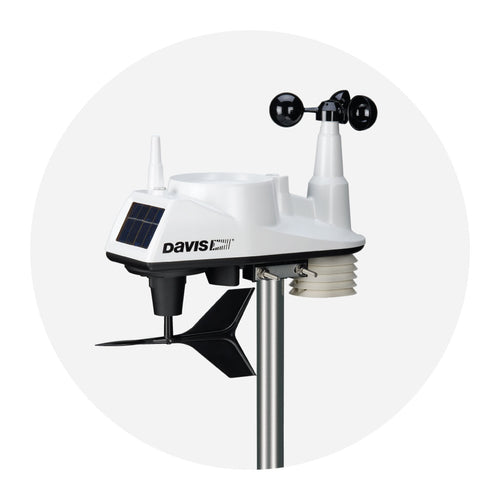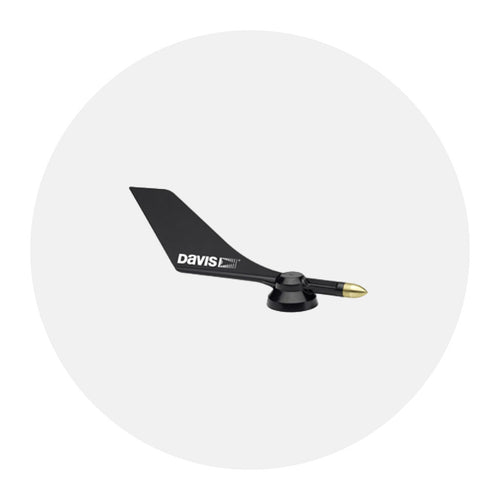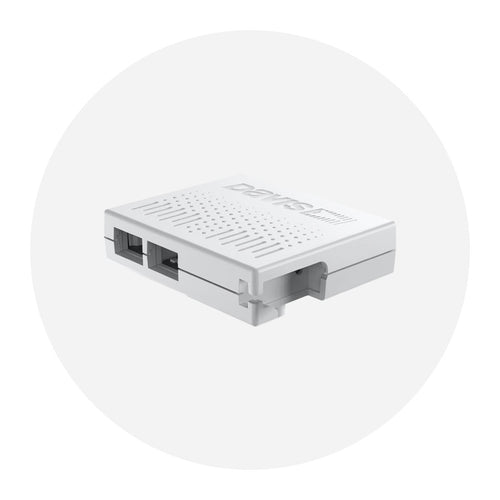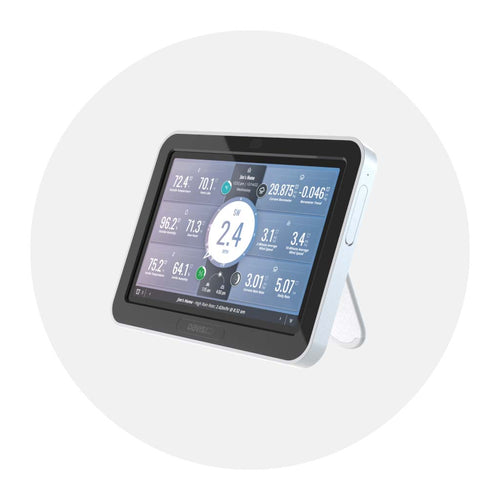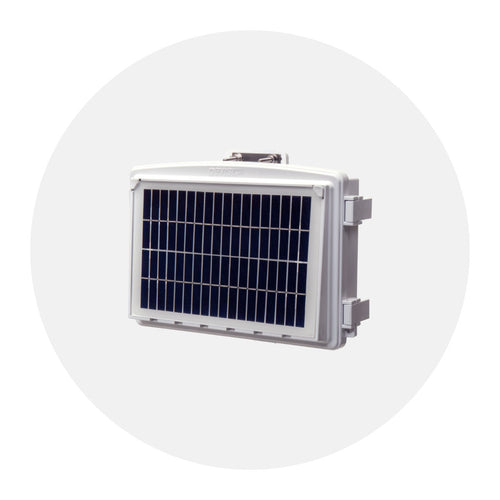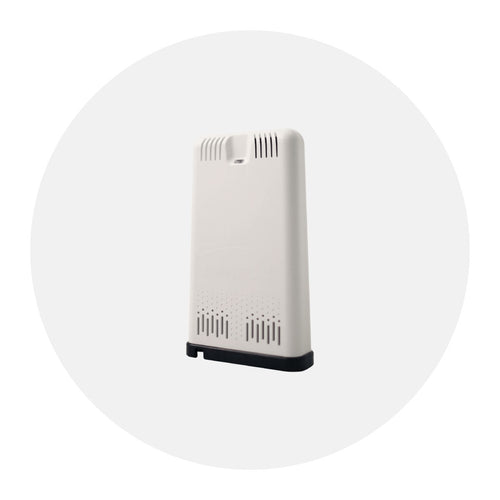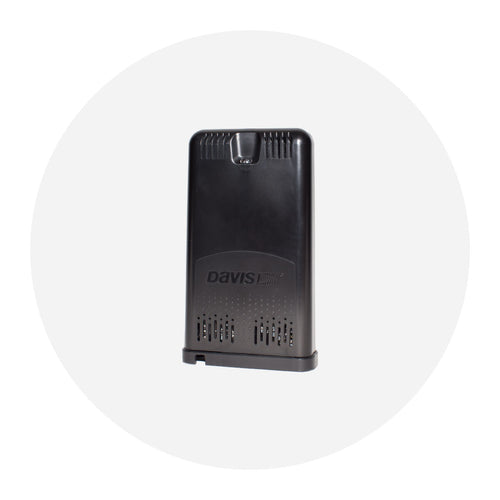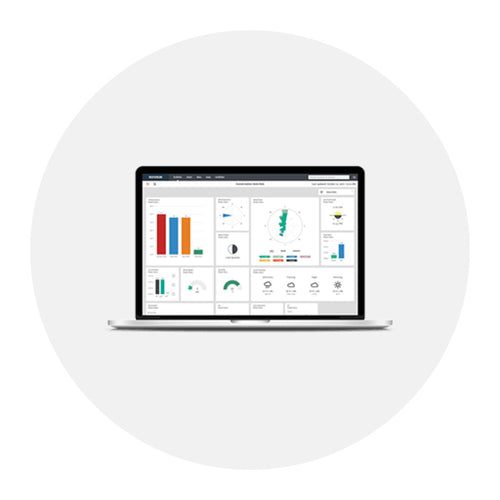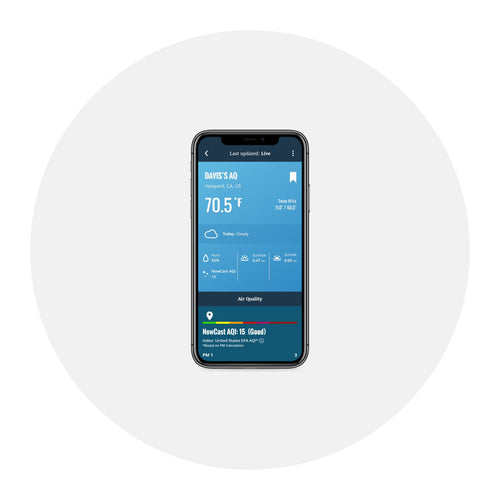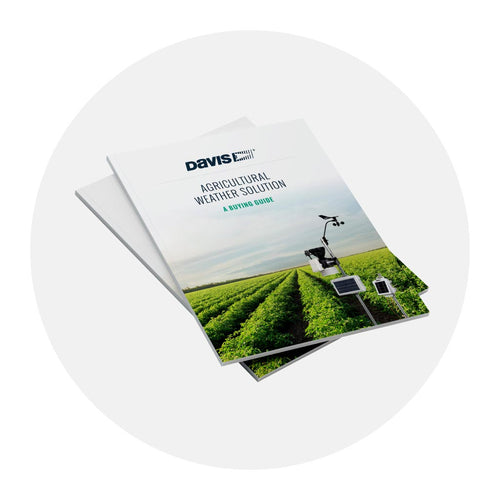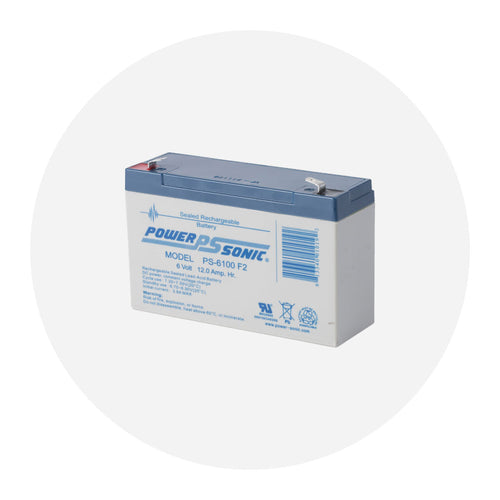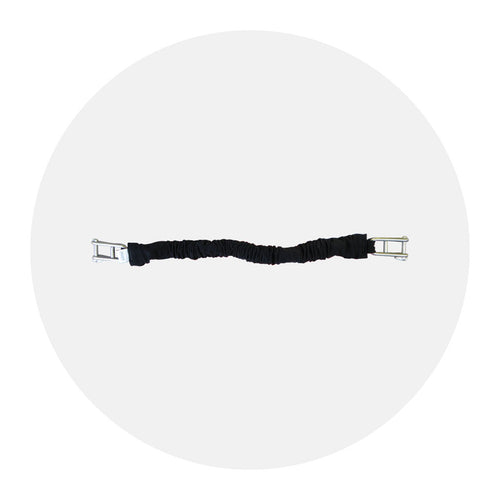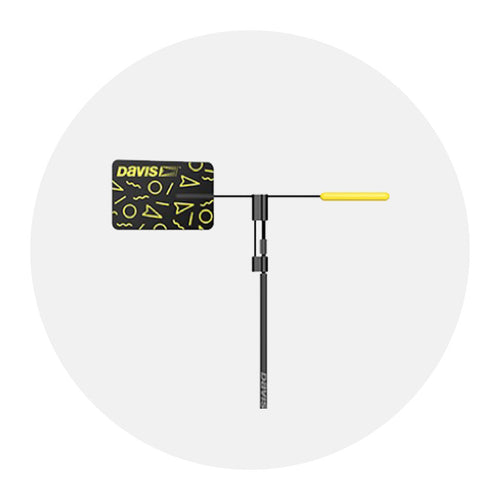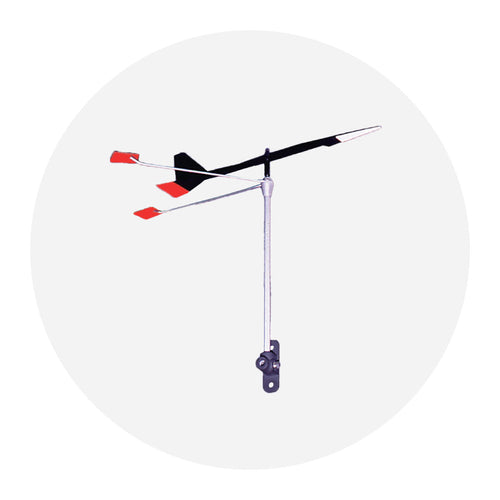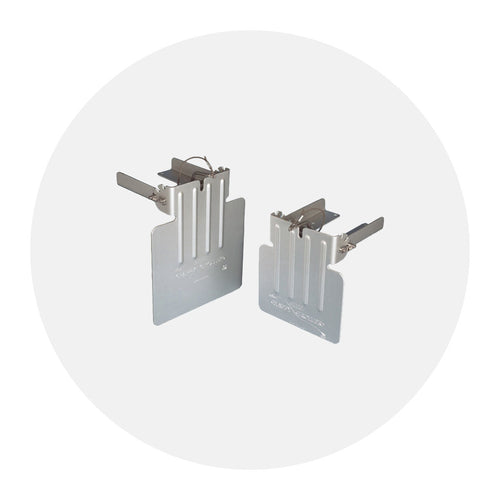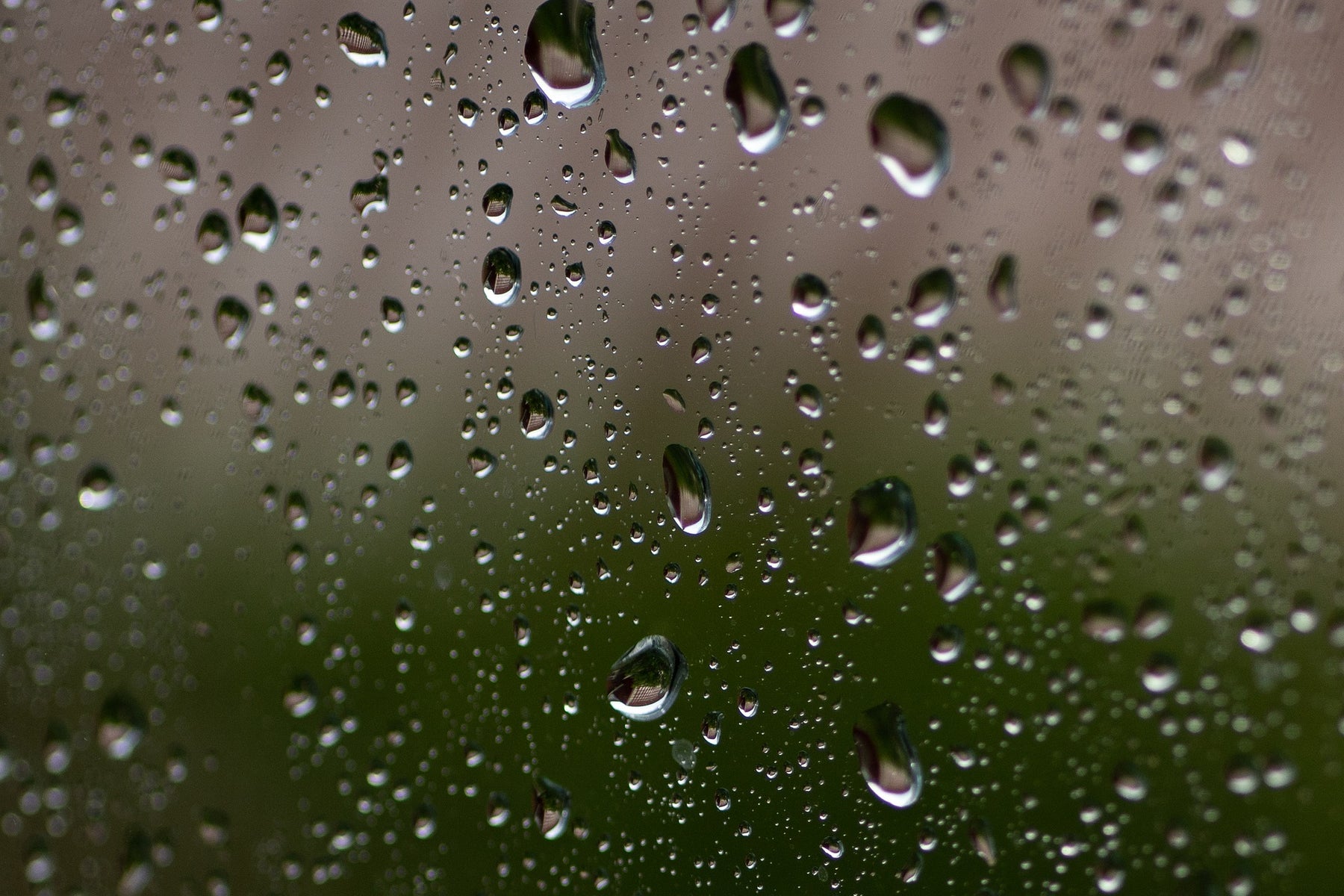
Measuring Humidity
If you’ve ever watched the weather, you know measuring humidity is important for proper forecasting and for understanding heat stress. High humidity can mean it’s time to break out the air conditioner and fans to keep cool, and it can also mean harm or spoilage of a product in an industrial setting.
That’s why Davis’ custom network of sensors were designed to measure inside and outside humidity, temperature, and other levels in your specific environment to meet your unique needs.
To better understand humidity and how it’s measured, let's delve a little deeper into how to measure humidity and what tools measure humidity.
What is Humidity?
Humidity is the amount of water vapor in the air. The cause of humidity is water evaporating and turning into tiny droplets that become suspended in the air. The droplets are so tiny that they have the characteristics of a gas instead of a liquid. Relative Humidity (RH) is a measure of how saturated the air is at its current temperature. Since warm air can “hold” more water vapor than cool air, the RH of warmer air will be lower than cool air, even with the same amount of water vapor.
When the relative humidity is high, the air feels damp and sticky. You might have noticed that the air feels this way after a summer rain when the sun comes out and begins evaporating the water or right before a summer storm. This is because the air is becoming more saturated with water vapor.
As RH reaches 100%, water droplets condense and fall as rain.
What is a Dew Point?
The dew point is the temperature at which the air, with no change in pressure, must be cooled to become fully saturated. At this temperature, the moisture will condense into dew. Dew point measurement is important for predicting the formation of dew, frost, fog, and even the minimum temperature.
How is Humidity Measured?
When you understand the basic principles of water vapor and air, measuring humidity is a simple process. Expressing Relative Humidity requires a measurement of both water vapor and temperature.
What tools measure humidity? A hygrometer is a device used to measure humidity. Hygrometers come in both analog and digital versions, but modern digital hygrometers are more accurate, so they are the most commonly used today.
The Davis Temperature and Humidity sensor measures temperature and humidity for both inside and outside. The outside sensors are housed in the protective radiation shield on the sensor suite. The inside temperature and humidity sensors are inside the console (or the WeatherLink Live or AirLink air quality monitor). You can also add an additional temperature and humidity station for inside or outside use to a WeatherLink Console (or legacy Vantage Pro2 Console) using a Sensor Transmitter, or in the case of an EnviroMonitor system using a Node. They are an excellent addition to your weather station, humidity-controlled laboratory, or warehouse where humidity-sensitive products are stored. Like all Davis Instruments products, the Davis Temperature and Humidity sensor is built on 50 years of innovation and expertise. This means that they are known for accuracy and reliability.
In the face of escalating environmental risks, AEM is the essential source for insights on weather, climate, lightning, floods, wildfires, water management, and more.
Learn more about AEM and all of our solutions here.


